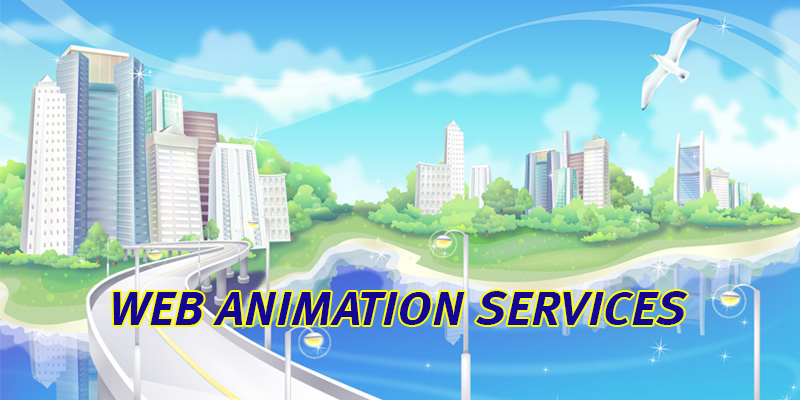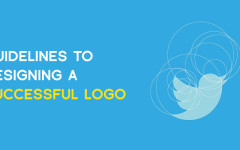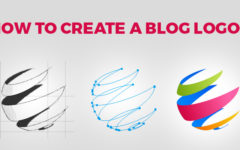
Everything in nature has motion. Animation is nothing but motion, a change. We can say it’s a way of capturing life in art form. Animations make things come to life. If the illusion of motion is done correctly and when the animation is used in the right way, it imitates real-world interactions.
Animations were introduced in the year 1987 in the form of .gif files. It was a very basic kind of animation and it was just a way of bringing a little style and life to the inactive dull web pages. After too many gifs were everywhere, people wanted to add something new to the world of animation. It was then that Flash came up with its idea of sound! Flash made a success in its innovation of adding sound to animations.
However, in 2009, the first CSS animation was created. Since then, animations have been playing a very important role. Day after day, people are looking for ways to add more style to websites, without neglecting usability and information. Animation is no longer a novelty for web designers. It has become the basis of effective interaction design.
Types of animation
Interface element animation
This is the animation where a click of the mouse is required to make something happen. For example, navigating to another page, opening a sidebar or sending an e-mail from a form.
Waiting animation
This animation will show the user that something is happening in the background. For example, if a process is going on in a site, the mouse cursor would turn into an hour glass to show that the site is working and has not gone dead. Windows, using this animation type, showed files flying from one folder to another.
Loaders
Even when the user knows that there is a process going on in a page at the background, waiting too long would make it frustrating for the users, due to which they would start continually clicking the mouse’s button. These loaders would tell the users how much of the progress has been done by showing a simple progress bar.
Story-telling animation
Some people design websites to interact with the users. Examples of story-telling animations are – pieces of a product assembling together or cartoons following you down the page. These animations do not improve usability in any way. They are there just to attract and impress the users. But, it should not be forgotten that if a user does not find what they’re looking for on a website, all the efforts of creating the animations go down the drain.
Purely decorative animation
Some animations are of no use to the website. They are there just to be seen. A few examples are cartoons following you wherever you scroll on the page or objects flying around the page just like that. All this is done with an intention of making the page creative but, these kinds of animations are very distracting. Decorative animation, if at all need to be placed, they should be subtle and pleasing to the eyes.
Implementing animation
Websites that are built with so many animations and special effects that they need loading screens with progress bars, are of no use. The users are not supposed to wait for animations to load before they get to see the information they are searching for. This will only make you lose business, no matter how creative your website is. Hence implementing animation the right way is very important.
Start small
If you are experimenting with animation for the first time on your page, it is recommended to start small. Little animation performs better. Large and flashy animation might be distracting if they are only there for page decoration. Use little animation just to make your page look realistic. You can animate buttons, navigation bar and scroll downs.
Animations should be fast
Fast here does not mean the motion or speed of the animation. It means that animations must load fast, preferably in milliseconds. People start losing patience if they have to wait longer.
Create the proper effect
Add some bounce to your objects, especially when going vertical – just the natural amount of bounce that a real object would have. Physics says that things in motion usually take a little time to stop and stationary objects speed up little by little. Create this effect when putting your objects into motion. Create the correct illusion with the right amount of speed and make it seem real.
If you are looking for the best 2D or 3D animation for your product or service, Jain Technosoft’s team of graphic design experts can help you create the perfect animation and website design.



